How Successful is Stem Cell Therapy for Hip Osteoarthritis in Germany?
"The success rate of stem cell therapy for hip osteoarthritis in Germany varies, with many clinics reporting positive outcomes such as significant pain relief and improved joint function, often cited to be around 70-80% for arthritis conditions in general, though specific long-term data for hip osteoarthritis is still emerging."

Hip osteoarthritis is a degenerative joint disease that causes pain, stiffness, and reduced mobility, significantly impacting quality of life. Traditional treatments range from medication and physical therapy to surgical interventions like total hip replacement. However, newer, less invasive options are continually being explored, with stem cell therapy emerging as a promising alternative. Germany has established itself as a leading destination for advanced medical treatments, including regenerative medicine for conditions like hip osteoarthritis. This blog post will delve into the effectiveness of stem cell therapy for hip osteoarthritis in Germany, addressing common questions and providing detailed insights to help you understand this innovative treatment.
What is Stem Cell Therapy for Hip Osteoarthritis?
"Stem cell therapy for hip osteoarthritis involves injecting a patient's own (autologous) stem cells, typically derived from bone marrow or fat tissue, directly into the affected hip joint to promote cartilage regeneration and reduce inflammation."
Stem cell therapy is a groundbreaking approach in regenerative medicine that harnesses the body's natural healing capabilities. For hip osteoarthritis, mesenchymal stem cells (MSCs) are often used. These are multipotent cells that have the ability to differentiate into various cell types, including chondrocytes (cartilage cells), and also possess strong anti-inflammatory and immunomodulatory properties. The goal of injecting these cells into the arthritic hip joint is to repair damaged cartilage, reduce pain, and improve the overall function of the joint, potentially delaying or even avoiding the need for invasive surgery like a hip replacement. The process typically involves extracting the stem cells from the patient, processing them to concentrate the therapeutic cells, and then injecting them into the hip.
How Do Stem Cells Help with Hip Osteoarthritis?
"Stem cells help with hip osteoarthritis by promoting the regeneration of damaged cartilage, reducing inflammation, modulating the immune response, and releasing growth factors that support tissue repair."
When injected into the hip joint, mesenchymal stem cells exert several beneficial actions. Firstly, they have the potential to differentiate into new cartilage cells, directly contributing to the repair and regeneration of the worn-down articular cartilage. Secondly, stem cells release various growth factors and cytokines that have powerful anti-inflammatory effects. This helps to reduce the pain and swelling commonly associated with hip osteoarthritis. Thirdly, they can modulate the local immune response within the joint, creating a more favorable environment for healing. Finally, stem cells can stimulate the body's own existing cells to participate in the repair process, fostering a more holistic healing response. This multi-faceted action makes stem cell therapy an attractive option for addressing the underlying pathology of osteoarthritis rather than just managing symptoms.
What is the Success Rate of Stem Cell Therapy for Hip Osteoarthritis in Germany?
"While specific, unified statistical data for stem cell therapy solely for hip osteoarthritis across all German clinics is still evolving, many reputable clinics in Germany report success rates for general arthritis treatment, including hip, knee, and shoulder, ranging from 70% to 80% in terms of pain reduction and functional improvement."
The success of stem cell therapy for hip osteoarthritis can be measured by various factors, including pain reduction, improved mobility, and the delay or avoidance of hip replacement surgery. While the field is still considered somewhat experimental by some conventional medical bodies, many German clinics specializing in regenerative medicine have gathered extensive clinical experience. They often highlight significant improvements in patient-reported outcomes. It's crucial to understand that individual results can vary based on the severity of the osteoarthritis, the patient's overall health, the specific stem cell source used (e.g., bone marrow, adipose tissue), and the treatment protocol. German clinics are known for their high standards and often employ sophisticated techniques for cell isolation and administration, contributing to their reported positive outcomes. Patients frequently report a noticeable decrease in pain and an increased ability to perform daily activities.
Are Dental Implants in Turkey Safe?
"Yes, dental implants in Turkey are generally safe, as many clinics are internationally accredited and follow high standards of care."
Turkey has become a popular destination for dental tourism, offering competitive prices for high-quality procedures. Many dental clinics in Turkey adhere to strict international standards and regulations, often holding accreditations from organizations like the Joint Commission International (JCI). These accreditations indicate a commitment to patient safety, quality of care, and infection control. Furthermore, Turkish dentists providing dental implant procedures are often highly trained and experienced, with many having received education and training from prestigious international institutions. However, as with any medical procedure abroad, it is crucial to research the clinic and the dentist thoroughly, check for patient reviews, and verify their credentials to ensure a safe and successful outcome.
What are the Typical Costs of Stem Cell Therapy for Hip Osteoarthritis in Germany?
"The cost of stem cell therapy for hip osteoarthritis in Germany typically ranges from €7,000 to €15,000, depending on the clinic, the type of stem cells used, the number of injections required, and any additional related treatments or post-procedure care."
Stem cell therapy is a specialized and often personalized treatment, and its cost can vary significantly. Factors influencing the price include the source of the stem cells (e.g., bone marrow-derived stem cells or adipose-derived stem cells), the complexity of the extraction process, the laboratory processing involved, and the number of injections needed to achieve the desired therapeutic effect. Some clinics may offer comprehensive packages that include initial consultations, diagnostic imaging, the procedure itself, and follow-up appointments, while others may itemize each service. Patients considering this treatment should inquire about a detailed breakdown of all associated costs to avoid surprises. While the initial investment might seem substantial, many patients consider it a worthwhile alternative to more invasive and costly surgical procedures like hip replacement, which often entail lengthy rehabilitation and potential complications.
How Long Does the Stem Cell Therapy Procedure for Hip Osteoarthritis Take?
"The stem cell therapy procedure for hip osteoarthritis itself, from cell extraction to injection, typically takes a few hours, though the overall process including initial consultations and recovery can span several days."
The exact duration depends on the source of the stem cells. If adipose-derived stem cells are used, a mini-liposuction procedure is performed to extract fat tissue, which is then processed to concentrate the stem cells. This part of the procedure can take about 1-2 hours. For bone marrow-derived stem cells, bone marrow aspiration is performed, usually from the hip bone, which also takes a similar amount of time. The concentrated stem cells are then immediately injected into the affected hip joint, a procedure that is relatively quick. Patients usually remain in the clinic for observation for a short period after the injection. While the actual procedure is relatively short, patients should factor in time for initial assessments, potential pre-procedure preparations, and a brief recovery period. Many patients can return to light activities within a day or two, though a full recovery and assessment of the treatment's effects will take weeks to months.
What Should I Expect During the Stem Cell Therapy Consultation in Germany?
"During the stem cell therapy consultation in Germany, you can expect a thorough medical evaluation, including a review of your medical history, physical examination, and assessment of imaging (like X-rays or MRI), followed by a detailed discussion of your treatment options, expected outcomes, and costs."
A comprehensive consultation is a crucial first step in stem cell therapy for hip osteoarthritis. The German clinics are known for their meticulous approach to patient care. During this consultation, the medical team will take a detailed medical history, including your osteoarthritis symptoms, previous treatments, and overall health. They will likely perform a physical examination to assess your hip joint's range of motion, stability, and tenderness. Imaging studies, such as recent X-rays or an MRI of your hip, will be reviewed to determine the severity of your osteoarthritis and identify any other underlying issues. The doctor will then explain the different stem cell therapy options available, discuss the potential benefits and risks, and outline a personalized treatment plan tailored to your specific condition. This is also the time to ask any questions you have about the procedure, recovery, and financial aspects.
Are There Any Risks or Side Effects of Stem Cell Therapy for Hip Osteoarthritis?
"Stem cell therapy for hip osteoarthritis is generally considered safe, with potential risks being minimal and often associated with the injection procedure itself, such as temporary pain, swelling, or bruising at the injection site, and a very low risk of infection."
As with any medical procedure, there are potential risks, though stem cell therapy, especially when using autologous cells (from the patient's own body), carries a very low risk of immune rejection or allergic reactions. The most common side effects are mild and temporary, including localized pain, swelling, or bruising at the site of cell extraction (e.g., hip bone for bone marrow, or abdomen/thigh for fat) and at the injection site in the hip joint. There is also a small risk of infection, as with any injection. Reputable German clinics adhere to stringent sterilization protocols to minimize this risk. Serious complications are rare, but patients should always discuss all potential risks with their doctor before undergoing treatment.
What Kind of Stem Cells Are Used for Hip Osteoarthritis?
"For hip osteoarthritis, mesenchymal stem cells (MSCs) are primarily used, which can be harvested from the patient's own bone marrow (bone marrow aspirate concentrate - BMAC) or adipose tissue (fat)."
Mesenchymal stem cells are favored due to their ability to differentiate into cartilage cells, suppress inflammation, and secrete growth factors beneficial for tissue repair.
- Bone Marrow-Derived Mesenchymal Stem Cells (BM-MSCs): These are collected from the patient's bone marrow, usually from the posterior iliac crest (hip bone), through a procedure called bone marrow aspiration. The aspirate is then processed to concentrate the MSCs before injection. BM-MSCs have been extensively studied and are widely used in orthopedic regenerative medicine.
- Adipose-Derived Stem Cells (ADSCs): These stem cells are found in abundance in fat tissue. They are obtained through a mini-liposuction procedure, typically from the abdomen or thigh. ADSCs are often preferred due to the relative ease of harvesting a large quantity of cells and their potent regenerative properties.
Both sources have shown promising results in treating osteoarthritis, and the choice between them may depend on the clinic's expertise, the patient's specific condition, and the doctor's recommendation.
How Effective is Stem Cell Therapy in Reducing Pain from Hip Osteoarthritis?
"Stem cell therapy is often effective in significantly reducing pain associated with hip osteoarthritis by targeting inflammation and promoting tissue repair, with many patients reporting substantial pain relief within weeks to months after treatment."
Pain relief is one of the primary goals and reported benefits of stem cell therapy for hip osteoarthritis. By introducing stem cells into the joint, the inflammatory environment, which is a major contributor to pain in osteoarthritis, is modulated and reduced. As the stem cells work to repair damaged cartilage and create a healthier joint environment, the mechanical pain stemming from bone-on-bone friction can also decrease. Patients often experience a gradual reduction in pain, leading to improved comfort and a greater ability to participate in daily activities without discomfort. While individual responses vary, the general trend observed in clinical practice is a positive impact on pain levels.
Can Stem Cell Therapy Help Avoid Hip Replacement Surgery?
"Stem cell therapy for hip osteoarthritis holds the potential to postpone or potentially avoid the need for total hip replacement surgery, especially in earlier stages of the disease, by addressing the underlying cartilage damage and inflammation."
For many patients, especially those who wish to avoid major surgery or who are not yet candidates for hip replacement, stem cell therapy offers a viable alternative. By promoting cartilage regeneration and reducing inflammation, the therapy aims to slow down the progression of osteoarthritis and improve joint function, thereby delaying or eliminating the need for a prosthetic joint. While it may not be a permanent solution for every patient, particularly those with very advanced degeneration, it can provide significant relief and extend the life of the natural joint. This can be particularly beneficial for younger patients who might face the prospect of multiple revision surgeries over their lifetime if they opt for a hip replacement at an early age.
What is the Recovery Process After Stem Cell Therapy for Hip Osteoarthritis?
"The recovery process after stem cell therapy for hip osteoarthritis is typically minimally invasive, involving a short period of rest and limited activity immediately after the procedure, followed by a gradual return to normal activities and often includes a tailored physical therapy program."
Immediately after the stem cell injection into the hip, patients are usually advised to rest the joint for a day or two. Some mild soreness or swelling at the injection and extraction sites is common and can be managed with over-the-counter pain relievers. Patients are typically encouraged to gradually increase their activity levels over the following weeks, avoiding strenuous activities or heavy impact on the hip. Many German clinics recommend a personalized physical therapy program to optimize the healing process and improve joint strength and flexibility. The full benefits of the stem cell therapy may take several weeks to months to become apparent as the cells work to regenerate tissue and reduce inflammation. Follow-up appointments are usually scheduled to monitor progress and assess the overall outcome.
What are the Long-Term Outcomes of Stem Cell Therapy for Hip Osteoarthritis in Germany?
"The long-term outcomes of stem cell therapy for hip osteoarthritis in Germany are continually being studied, with current evidence suggesting sustained pain reduction and functional improvement for several years in many patients, though individual results can vary."
While stem cell therapy for osteoarthritis is a relatively newer field compared to traditional treatments, ongoing research and clinical experience in Germany show promising long-term results. Many patients experience lasting relief from pain and improved mobility, potentially for several years. The effectiveness and durability of the results depend on factors such as the severity of the osteoarthritis at the time of treatment, the patient's lifestyle, and adherence to post-procedure recommendations. German clinics often emphasize a holistic approach to joint health, combining stem cell therapy with lifestyle modifications, physical therapy, and nutritional guidance to maximize and prolong the therapeutic benefits. Regular follow-up with the treating physician is important to monitor the long-term effects and address any new concerns.
What Other Orthopedic Conditions Can Be Treated with Stem Cells in Germany?
"In addition to hip osteoarthritis, stem cell therapy in Germany is also used to treat a range of other orthopedic conditions, including knee arthritis, shoulder arthritis, cartilage defects, tendon injuries, and some cases of osteonecrosis."
Germany's expertise in regenerative medicine extends beyond hip osteoarthritis. Stem cell therapy is increasingly applied to various musculoskeletal issues where tissue repair and inflammation reduction are beneficial. This includes:
- Knee osteoarthritis and cartilage damage: Similar to the hip, stem cells can help regenerate knee cartilage and reduce inflammation.
- Shoulder osteoarthritis: For degenerative changes in the shoulder joint, stem cells can alleviate pain and improve range of motion.
- Tendon and ligament injuries: Chronic tendonitis (e.g., Achilles tendinitis, rotator cuff tears) and ligament sprains can benefit from the regenerative properties of stem cells to accelerate healing.
- Osteonecrosis: In cases where bone tissue dies due to lack of blood supply, stem cells can help regenerate bone and prevent joint collapse.
- Non-healing bone fractures (Pseudarthrosis): Stem cells can promote bone healing in fractures that fail to unite.
This broad application highlights Germany's position at the forefront of regenerative orthopedic medicine.
How to Choose a Reputable Clinic for Stem Cell Therapy in Germany?
"To choose a reputable stem cell therapy clinics in Germany, look for clinics with international accreditations, highly qualified and experienced orthopedic specialists, transparent communication about treatment plans and costs, positive patient testimonials, and a focus on evidence-based practices."
Selecting the right clinic is paramount for a safe and effective stem cell therapy experience. Here are some key considerations:
- Accreditation and Certification: Look for clinics with national or international accreditations (e.g., KTQ certification in Germany) that signify high standards of quality and patient safety.
- Expertise of Doctors: Research the qualifications, experience, and specialization of the orthopedic surgeons and regenerative medicine specialists. They should have a strong background in treating hip osteoarthritis and performing stem cell procedures.
- Transparency: A reputable clinic will be transparent about their treatment protocols, the source of their stem cells, the expected outcomes, and all associated costs.
- Patient Reviews and Testimonials: Look for authentic patient reviews and success stories to gauge the experiences of others.
- Technology and Facilities: Consider clinics that utilize advanced technologies for cell processing and sterile facilities.
- Personalized Treatment Plans: A good clinic will offer a personalized approach, tailoring the treatment to your specific condition and needs.
- Follow-up Care: Inquire about the post-treatment care and follow-up protocols.
By carefully evaluating these factors, you can make an informed decision and choose a clinic that prioritizes your safety and optimal outcomes.
Explore PlacidWay for solutions related to medical tourism, healthcare services, or other relevant offerings.


.png)




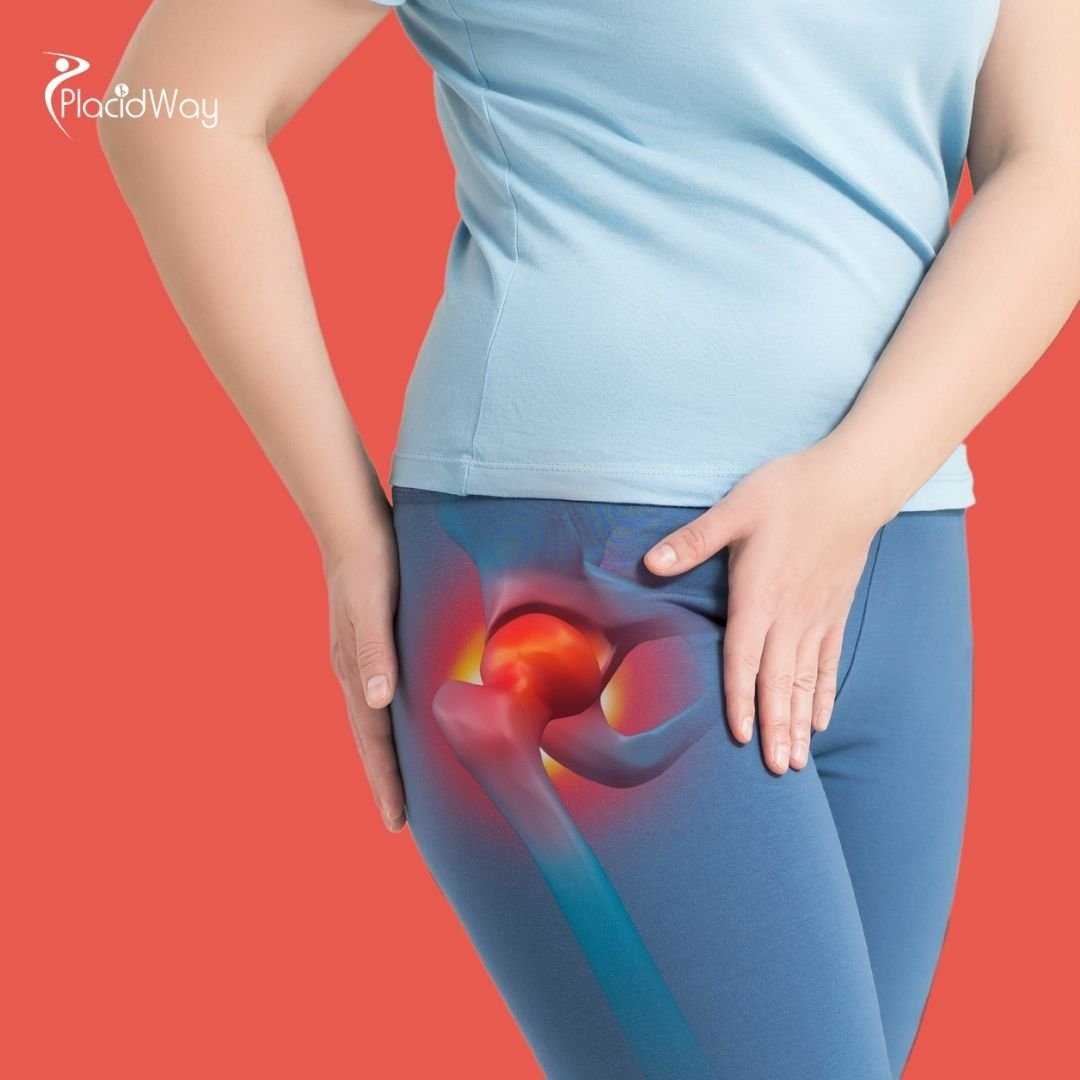
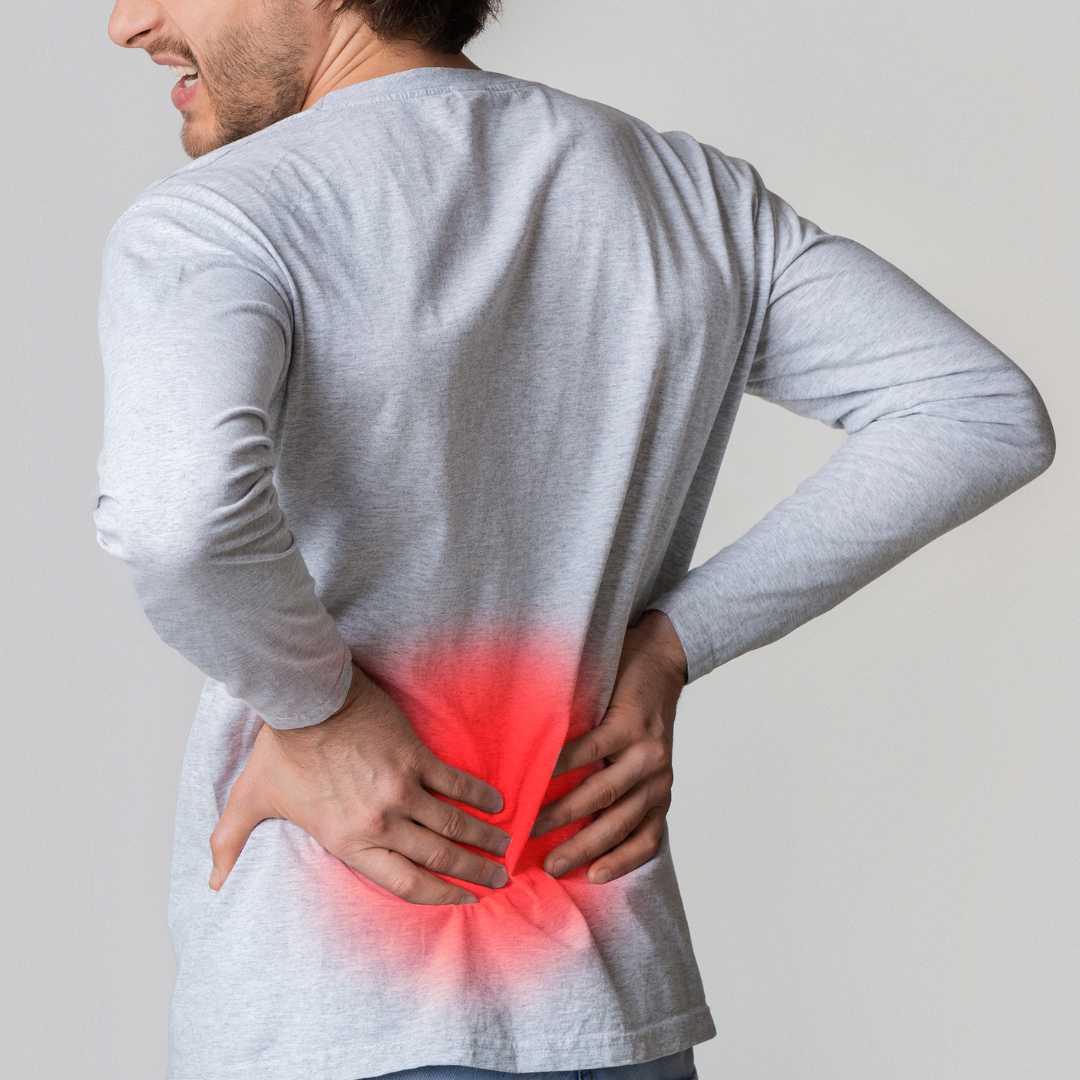
.jpg)
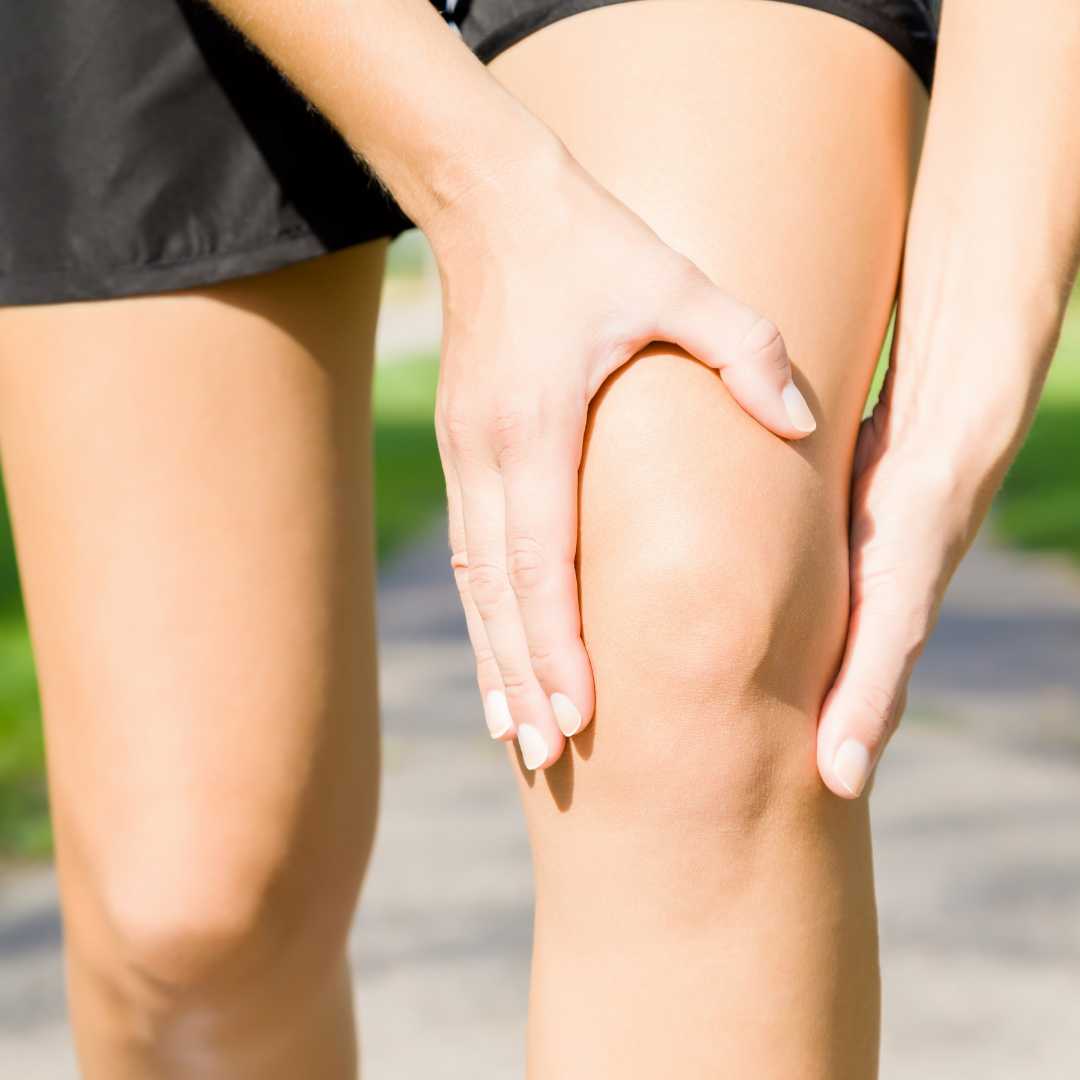


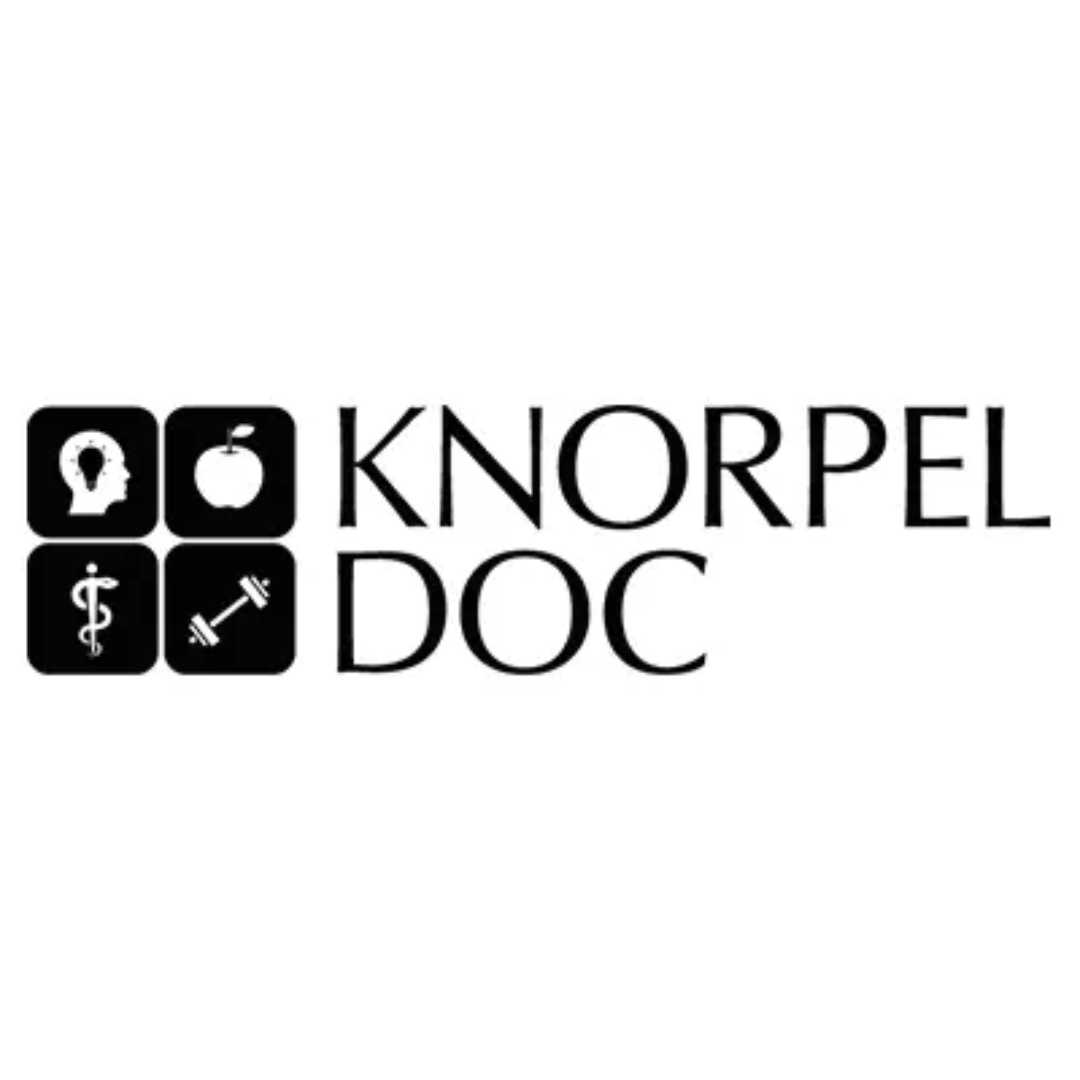
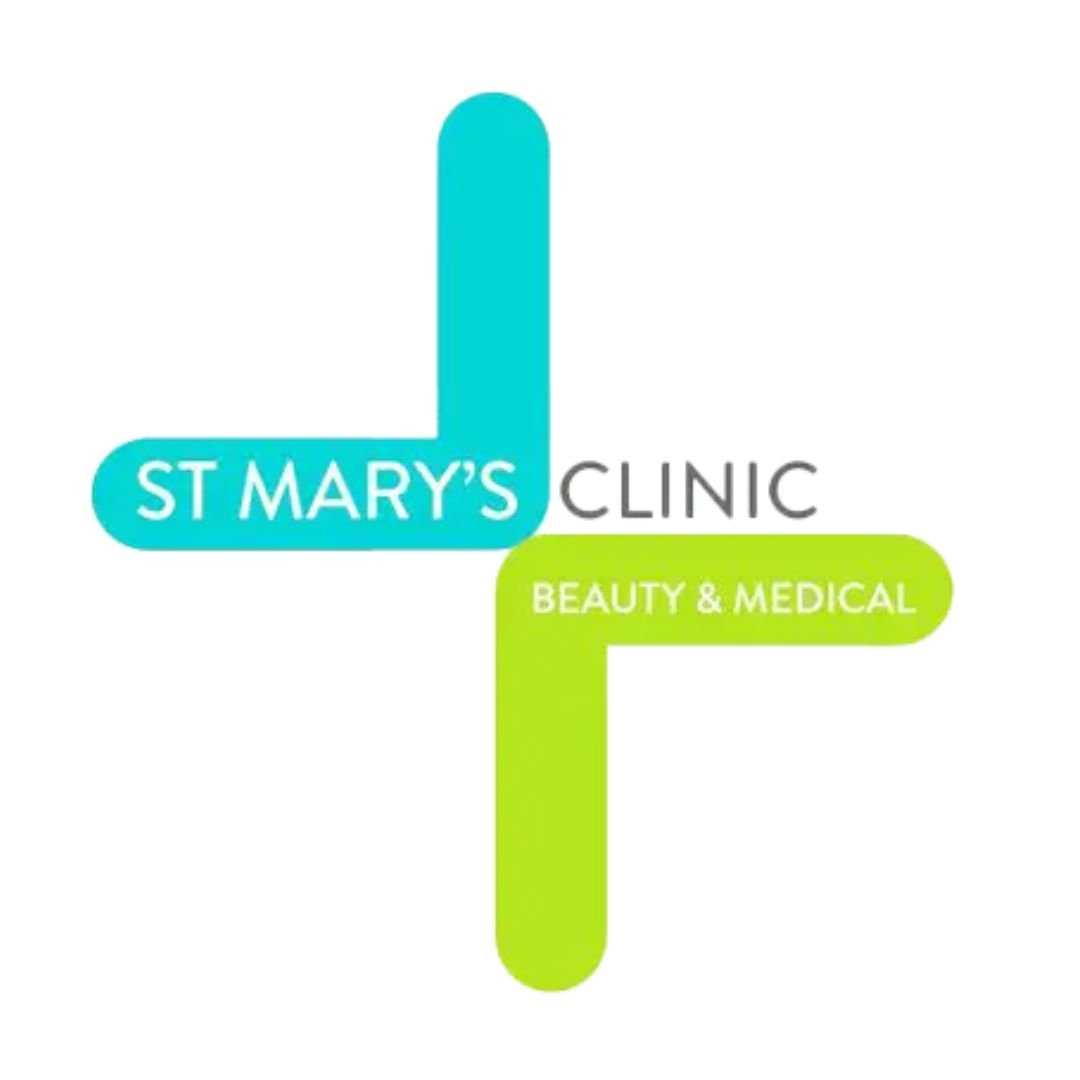

Share this listing